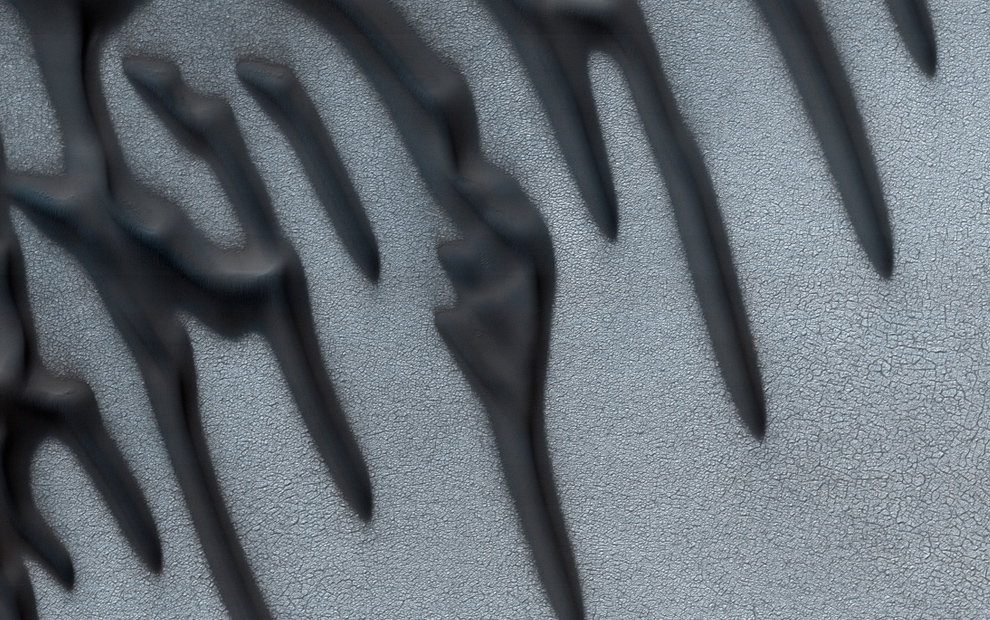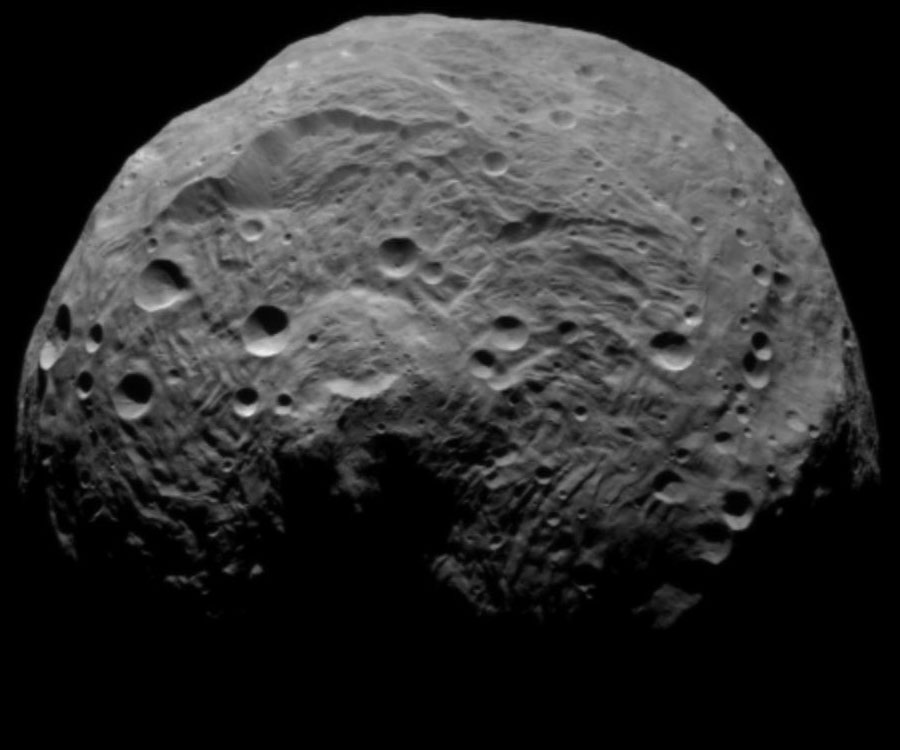Post by Mallory Kinczyk, PhD candidate, Department of Marine, Earth, and Atmospheric Sciences, North Carolina State University
The formation of impact craters may be the most ubiquitous exogenic surface process in the Solar System. These craters take on many shapes and sizes and can hint at underlying rock types, tell us about the nature of the impactor, and can shed light on the body’s geological history. Even on bodies without atmospheres, erosive forces are at play, changing the crater shape through time via processes such as seismic shaking and disruption from debris thrown outward by subsequent, nearby impacts. Because Mercury is the only terrestrial planet without an atmosphere, it maintains a unique snapshot of the inner Solar System’s impactor population (Image 1) and, in turn, can shed light onto Earth’s own geological history.

Image 1: View of Mercury from the MESSENGER spacecraft, which orbited Mercury between 2011 and 2015 (Image PIA17280). A variety of impact crater sizes and shapes are evident from very fresh craters to subdued to almost completely obliterated crater forms. Bach crater (arrow) hosts a well-defined central peak ring, but its subdued form indicates that it has been disrupted by subsequent craters. Image Credit: NASA/Johns Hopkins University Applied Physics Laboratory/Carnegie Institution of Washington.






